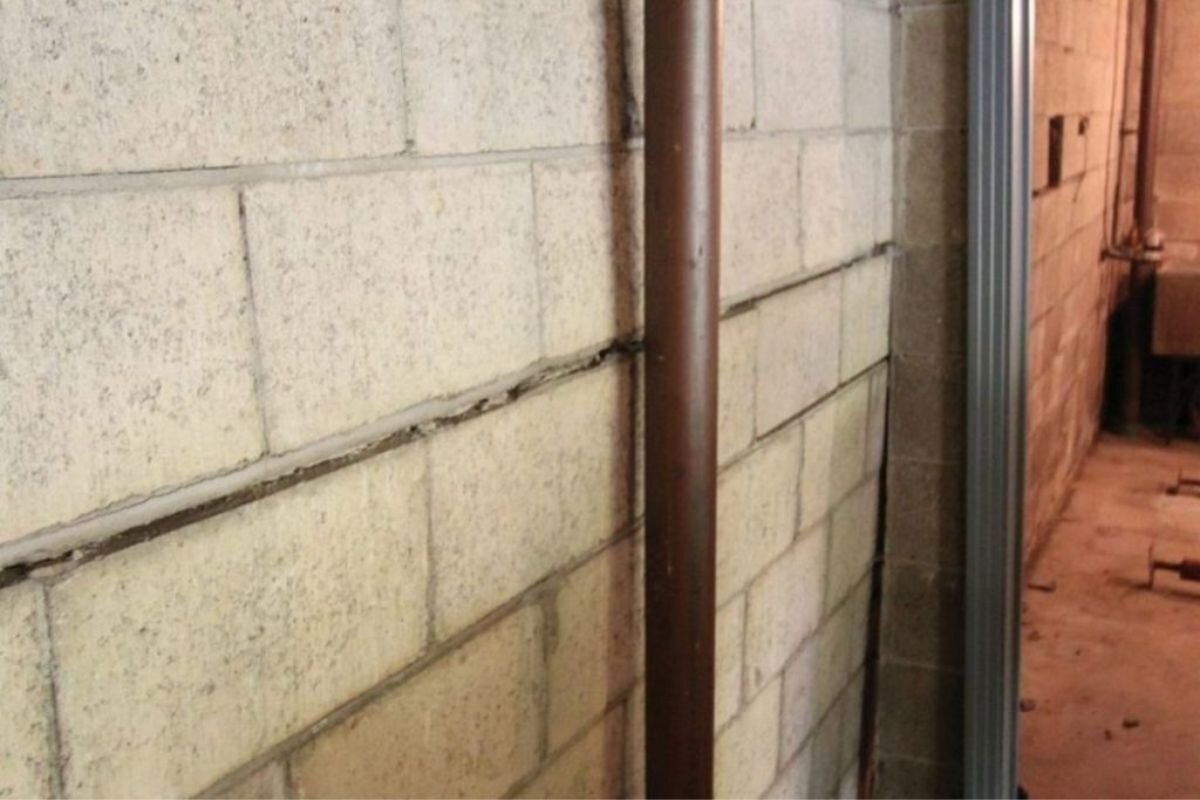Homeownership often brings the responsibility of ensuring structural integrity, with the foundation being a pivotal element requiring unwavering attention. Bowed foundation walls, characterized by an inward curving or bulging of the walls, pose a significant threat to this integrity, sometimes signaling an impending foundation failure. Understanding the factors that contribute to this unsettling phenomenon helps homeowners take preventive measures, thereby ensuring the longevity and safety of their living spaces.
Understanding Bowed Walls
Recognizing the Signs Early On
Before delving into the common causes of bowed foundation walls, it is pivotal to identify early indicators. These may include visible inward wall curvature, horizontal or stair-step cracking, and walls that feel damp or present water staining. Identifying these signs promptly allows for quicker interventions, potentially circumventing more severe structural damage.
Structural Implications
The perturbation caused by bowed walls is not limited to aesthetics alone but extends to a much graver domain of structural safety. They can compromise the building’s integrity, causing misalignments, wall failures, or even, in extreme cases, a total collapse. Thus, understanding and addressing the root cause of bowed walls becomes imperative.
Common Causes of Bowed Foundation Walls
Hydrostatic Pressure
One of the principal offenders in the context of bowed walls is hydrostatic pressure, which refers to the pressure exerted by liquids in motion. This is usually generated by excessive water in the soil surrounding the foundation, which exerts pressure against the walls, pushing them inward over time. Factors such as poor drainage, heavy rainfall, or plumbing leaks can exacerbate hydrostatic pressure, increasing the susceptibility to bowing.
Soil Expansion
The type and condition of the soil surrounding a foundation play a pivotal role in maintaining its stability. Expansive clay soils, notorious for their ability to swell with water and shrink upon drying, impose a constant push and pull on foundation walls. This cyclical movement, over time, can stress the walls, causing them to bow inward.
Repair and Prevention
Repair Strategies for Bowed Walls
When foundation walls have bowed, professional intervention becomes paramount. Strategies such as wall anchors, which involve anchoring the wall to stable soil beyond the home and then gradually straightening the wall, or carbon fiber strips, which reinforce and stabilize bowed walls, can be employed based on the severity and specifics of the situation.
Prevention: Guarding Against Future Bowing
Understanding the common causes of bowed foundation walls lays a foundation (pun intended) to strategize preventive measures. This includes ensuring effective drainage systems, utilizing gutter extensions to guide water away from the foundation, and considering grading solutions to divert surface water effectively.
Conclusion
While identifying and understanding the common causes of bowed foundation walls provide an essential baseline, translating this knowledge into actionable preventive and remedial strategies is crucial. Whether it is opting for strategic waterproofing solutions, ensuring the usage of quality construction materials, or regular inspections, each step towards prevention and timely repair is a stride towards safeguarding the longevity and safety of your home.
If you have any questions, do not hesitate to contact us – our dedicated team of specialists is here to guide you through maintaining the foundational strength and integrity of your home.

